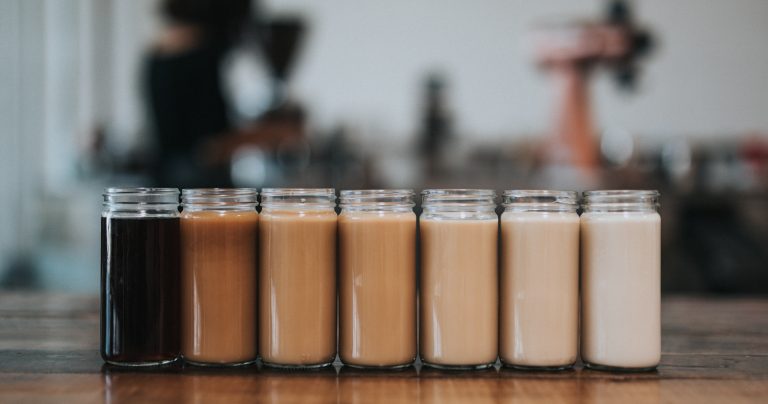Calorie labelling law – what does it mean for my business?
Zoe | April 4, 2022

The calorie labelling law has come into effect meaning food sellers must be clear on nutritional value. What does it mean for you?
A bill to introduce calorie labelling for cafes, restaurants and takeaways was passed in 2020, and it came into effect on 6 April 2022. The bill has invoked some controversy and opinions remain divided across the industries affected. But however you feel about the introduction, we take a closer look at what it means for individuals and businesses.
What is calorie labelling?
A ‘calorie’ is a unit of energy. It refers to the amount of energy contained in various food and drink. It can also be used to calculate how much energy an individual requires on a daily basis. Public Health England states that “An ideal daily intake of calories varies depending on age, metabolism and levels of physical activity, among other things. Generally, the recommended daily calorie intake is 2,000 calories a day for women and 2,500 calories a day for men.” Anyone trying to drop a bit of weight will know that they need to eat fewer calories than they burn which results in a calorie deficit.
Why has the government introduced calorie labelling?
Calorie labelling is being introduced by the government as part of its drive to tackle obesity among adults and children in the UK. The aim is to promote consumer choice for healthier meals and enable people to make more informed decisions regarding the food they eat. It’s estimated that overweight and obesity-related conditions across the UK cost the NHS £6.1 billion each year. Almost two-thirds (63%) of adults in England are overweight or living with obesity – and 1 in 3 children leave primary school overweight or obese.
Unsurprisingly, eating food in restaurants or on the go tends to be higher in calories than say, home-cooked healthy meals. Calories can be particularly high in takeaway and restaurant food, now a regular part of our diets. For example, a pizza for one sold at a restaurant or takeaway can have as many as 2,320 calories compared to 1,368 calories when purchased from shops or supermarkets. Research suggests that when someone eats out or has a takeaway meal they consume on average 200 more calories per day. The government is encouraging a 20% calorie reduction for most meal categories in the eating out of home, takeaway and delivery sector, alongside a maximum calorie guideline for all categories.
While some have welcomed calorie labelling, others have rejected it as unnecessary. The hospitality industry suffered heavily throughout the pandemic and some argue that the legislation will result in a lot of work and planning and be very costly for businesses affected to implement. From a customer perspective, for various reasons, some people just don’t want or need to know the calories in their food so as part of the legislation, at the request of the customer, they can ask for menus without calorie labelling on still offering them that choice.
What businesses are affected?
The Calorie Labelling Regulations require retailers who have more than 250 employees to add calorie and portion information about unpackaged and pre-packed for direct sale food to go products to their menus and product displays. The regulations are aimed at the out of home sector, which according to the government is generally considered to be any outlet where food or drink is prepared in a way that means it is ready for immediate consumption, on or off the premises. The government has drawn up examples of how calorie labelling will look in various settings that you can view here. While smaller food businesses are not legally required to label calories, the government is encouraging them to voluntarily adopt this new process.
How will calorie labelling affect my business?
The legislation only applies to the businesses that meet the above criteria, but it may be in the future that the legislation will be rolled out to other industries or businesses that serve food and drinks. Lots of coffee drinks have a lot of hidden sugar and fats so some may argue that customers should understand that before ordering. Take for example some Starbucks and Costa iced coffee drinks that contain a staggering 12 teaspoons of sugar in each. For now, though there are no plans to introduce the legislation to offices but it’s something to keep an eye on.
We’re here to help
If you’re considering getting a new coffee machine or you are simply upgrading, we’d love to hear your thoughts on whether calorie labelling on your office drinks would be helpful. We’re always interested in what our customers have to say and we strive to provide the best customer service, so please feel free to just get in touch with us or call us on 020 7553 7900.